This content has been archived. It may no longer be relevant
Welcome to the not-so-secret freediving training diary of David Mellor
Following his recent victory at the BFA (British Freediving Association) National Depth Championship in Chepstow, David has been building himself up to the Aida World Depth Championships in Nice. In part one of a four part blog David tells us all about the build up.
Preparing for the Aida World Depth Championships
David: Wow!!! Where do I start?
Well I arrived in Villefranche five weeks before the competition to give myself the best chance of putting in a good performance, I’d heard a lot about the thermoclines and didn’t want that to be the reason for not reaching my goals.
Training In Kalamata had gone reasonably well but I didn’t reach the depths I was hoping for and the thermoclines there were no where near as severe as in Villefranche so I knew this was going to be tough.
I settled into my air bnb and began training with Marick at Chango diving. It’s a very simple dive centre that also caters for scuba divers and he has a very nice boat set up with a counter balance system so it was perfectly safe for deeper diving.
On my very first session I did my usual warm up 20 metre hang. The surface water temperature was 27 degrees but as I reached 20 metres I was shocked how suddenly the temperature dropped to 19 degrees. I managed to calm myself and do a nice hang but now I had experienced what people had been telling me I was glad that I’d given myself enough time to adjust to the conditions.
On my first session I did a 50 metres CWT dive and a 35 metres CNF dive so I was pleased with my start.
I decided that I would do each dive twice before increasing the depth, so the next day was a repeat of the same. After a days rest I increased the depth to 55 metres CWT and 37 metres CNF. Two days of successful dives and things were feeling good
I stuck with the plan and after another days rest I increased the depth to 60 metres CWT but I stuck to 35 metres for CNF as I was now going a bit deeper, which worked for me. I was beginning to feel really confident about my training And so, after another day’s rest I increased the depth to 65 metres CWT.
The first day went well – I did the 65 metres which was a new CWT Personal Best for me and I still felt fresh on the dive (no lactic anywhere and plenty of breath hold left).
The second day didn’t go so well. I turned early as I lost my mouth-fill at 56 metres so ended the session doing 40 metres CNF. Not really a disaster – it was my first early turn in these conditions – so I was still pleased with myself.
A day’s rest and the back to the 65 metres – I wouldn’t allow myself to go deeper until I could repeat it a second time. I did two more early turns due to equalisation, so I slowly increased my CNF dives to 42 metres. I always try to get something positive out of a dive sessions even if things don’t go exactly to plan so doing 42 metres CNF meant that I was still feeling ok about my training.
Another day’s rest and a lot of thought about why my mouthfill wasn’t lasting, and I was back on the line. Again, two early turns!
I increased my CNF to 45 metres which was a new Personal Best but it didn’t feel like one. I couldn’t mask my disappointment – I was stuck at 65 metres and couldn’t figure out why. Had my expectations got ahead of me? Was there something in my sub-conscious that was stopping me? My relaxation wasn’t as good as when I was diving well, so I decided to work on that.
Before my dives my morning routine was some back and empty lung stretches, some equalisation exercises and also some chest stretches over a soft ball, but now I introduced some visualisation and a bit of meditation to try and help my relaxation. I went into a lot of detail in my visualisation, I would simulate the complete dive from breathing up on my back, the countdown, the movement of the waves, my duck dive, my fin kick, my freefall, when I would take mouthfill, how it felt dropping into the thermocline, the cold on my face, hands and feet, when I would recharge my mouthfill, the sounds of my alarms in my hood, relaxing my chest and throat area. I visualised my mouthfill slowly dwindling as I reached my depth, my turn, my finning up, the warmth of the water as I left the thermocline and my surface protocol, I wanted it to feel as close to the real thing as possible and of course visualising it as a successful dive so that by the time I got to the line it was like I had already done the dive.
I dropped the line back to 60 metres and managed a good dive on day one but again couldn’t repeat it the second day!
Was I over-training for the Aida World Depth Championships?
I didn’t feel tired, mentally or physically so I was at a bit of a loss. I decided to break from CWT for a while and moved to CNF to try and get the feeling of doing successful dives and also to keep moving forward and making some kind of progress instead of mulling over failings. Over the next few days I increased my CNF to 46 metres and was still coming up strong. I was also doing a FIM dive after 45 minutes rest to a depth of 50 metres to work on my equalisation, but also to keep my technique on point, as I was doing all 3 disciplines in the competition.
I wanted to do a 50 metre CNF dive in the competition – this was going to be the hardest dive physically and mentally, but I knew I could do it as long as I was relaxed enough to equalise to that depth.
I had increased my CNF to 49.3 metres by now and still felt fresh so I figured that was close enough to say mentally the 50 metres was done.
Back to CWT, the competition was getting closer and there were now many more athletes on the boat, where before I had numerous dives and attempts at target dives, now we were given an OT (Official Top) time and had only one attempt to complete the dive.
It was an incredible experience to be warming up on a buoy sharing a line with William Trubridge and Alexey Molchanov but it didn’t make me nervous, I just thought it was really cool. Watching them up close preparing for a dive was a fabulous experience, being surrounded by the world’s best and laughing and joking with them was crazy.
I got a few tips on how some of them were coping with the conditions but there were a few top divers who were still struggling so I was actually doing ok really. By now I had worked out that my mouthfill was going down my glottis and into my lungs. I wasn’t burping after surfacing so it wasn’t going into my stomach, that’s the reason it took me a while but once I realised that I decided to start glottis exercises. It was a bit late in the day but something was better than nothing at this stage.
If you want to have some idea how it felt diving into the thermocline you can try one of the exercises I started doing at home:
Stand in your shower with the water on warm, exhale all your air, take a mouthfill and then turn the shower to cold. You will get an instant contraction and probably lose some of your air. When I first tried this I certainly did but by the time I’d done it 5 times I was starting to get some kind of control.
Fast forward a week of this exercise and I could just about control it on the first time and on the second time I was trying to get the water even colder….
In David’s next installment at the Aida World Depth Championships, we hear all about the competition itself! Can’t wait!
Missed David’s last blog? Catch up with everything, here:
Learn to freedive with Go Freediving
Go Freediving is the longest established, most experienced and friendliest freediving course provider in the UK, led by world class freediving instructor trainer Emma Farrell, and her team of personally trained instructors. No other course provider has such a good instructor to student ratio, safety record and personal touch.
Whether you’re a beginner dipping your toes into the world of freediving, a seasoned pro looking to turn professional, or simply a freediver of any level who wants the best freediving holiday in the world, we’re here for you!
Also check out our online guide, The Beginners Guide to Freediving by clicking here!
Keep in touch with everything Freediving
Subscribe to our mailing list for weekly newsletters with exclusive articles, news, films, offers and more!
And check out You Tube!
Results
2019
2018
Personal Bests and Achievements
2019
134m DYNB
*New PB!! 9th Feb ’19*
118m DNF
*New PB!! 17th Feb ’19*
44m CNF
*New PB!! July ’19*
2018
Male UK Freediving Champion 2018
135 DYN MONO
100 DNF
5.48 STA
60m FIM
57m CWT
41m CNF
Competitions
2019
UK Nationals – Bristol – 9th – 10th March
Mini Comp -Dahab – 5th April
Dahab Championships – Dahab – 25th – 29th April
Philippines Diving Champs – Panglao – 18th – 19th May
Double Dip 2019 – Chepstow – 18th July 2019
World Championships – Nice – Sept
Infinity Depth Games – Cyprus – 13th – 20th Oct
2018
Video Library
2018
January 2019
February 2019
March 2019
April 2019
Abbreviations and Meanings
DYN – Dynamic
DNF – Dynamic No Fins
DYNB – Dynamic Bi-Fins
CWT – Constant Weight
CNF – Constant Weight No Fins
FIM – Free Immersion
STA – Static
CWTB – Constant Weight Bi-Fins
FRC – Functional Residual Capacity
Qualifications
RAID Advanced Freediving Instructor
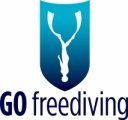

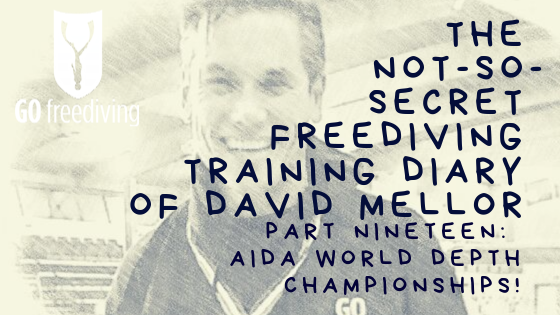
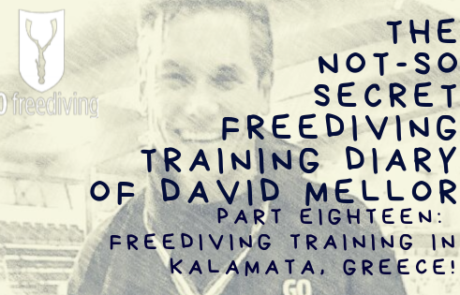
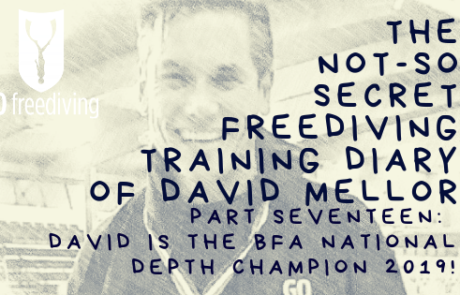
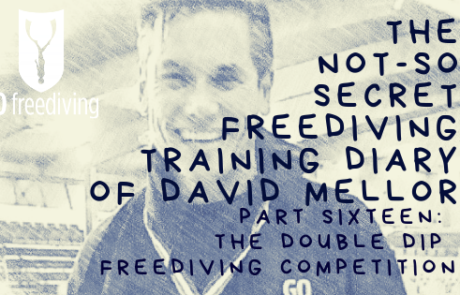
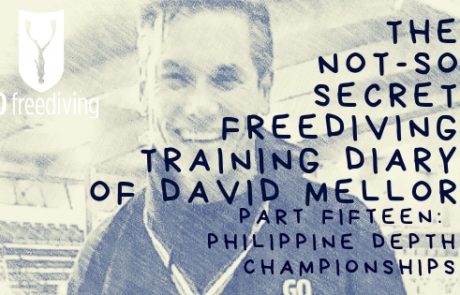
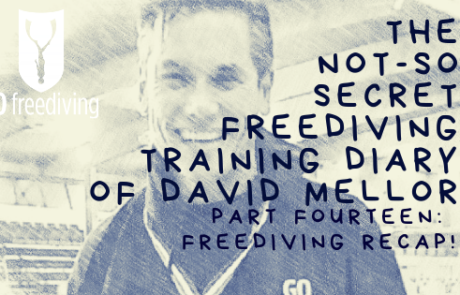
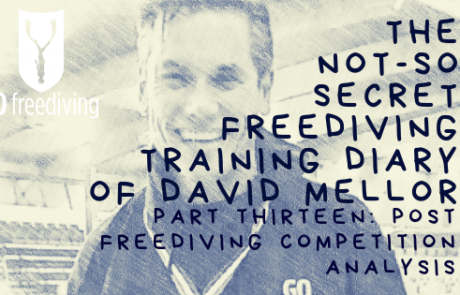
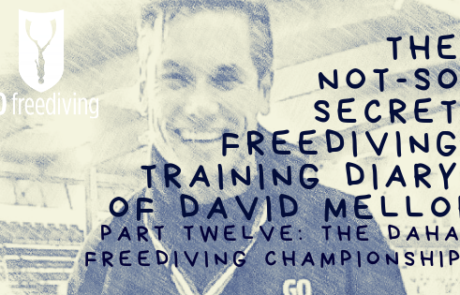
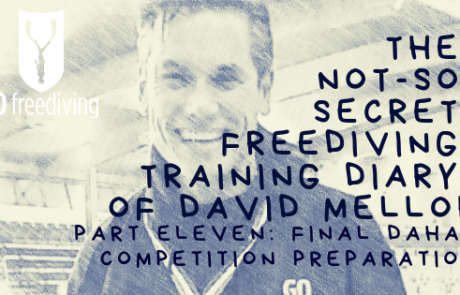




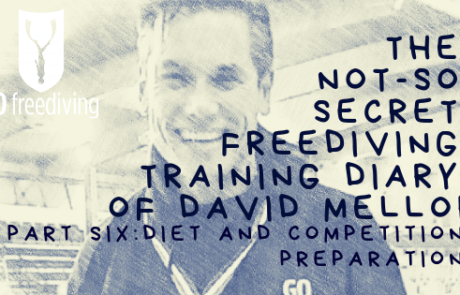

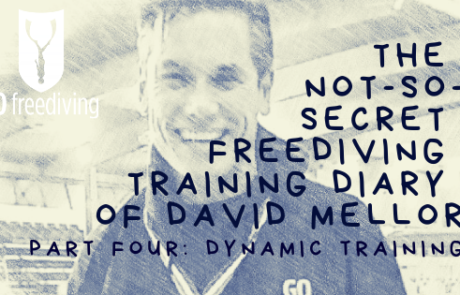
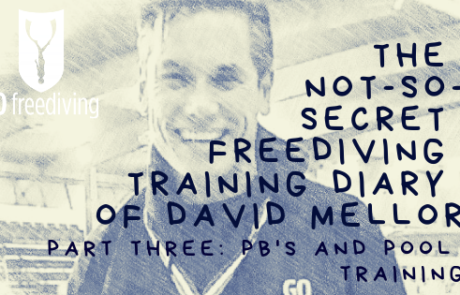


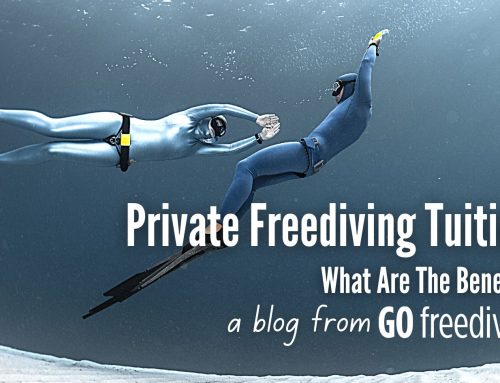
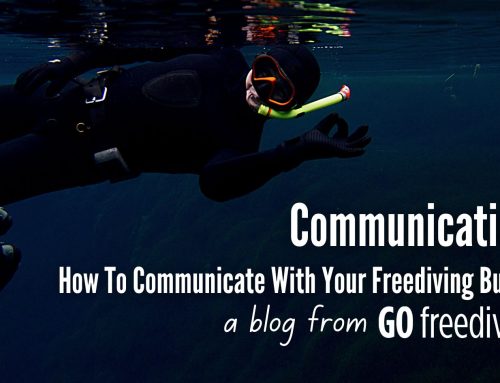

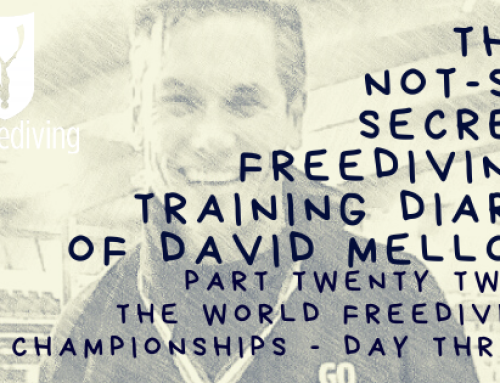
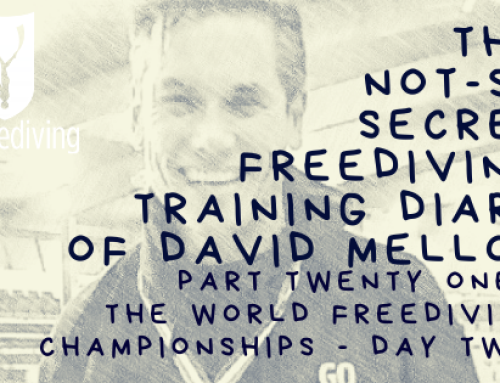
Leave A Comment